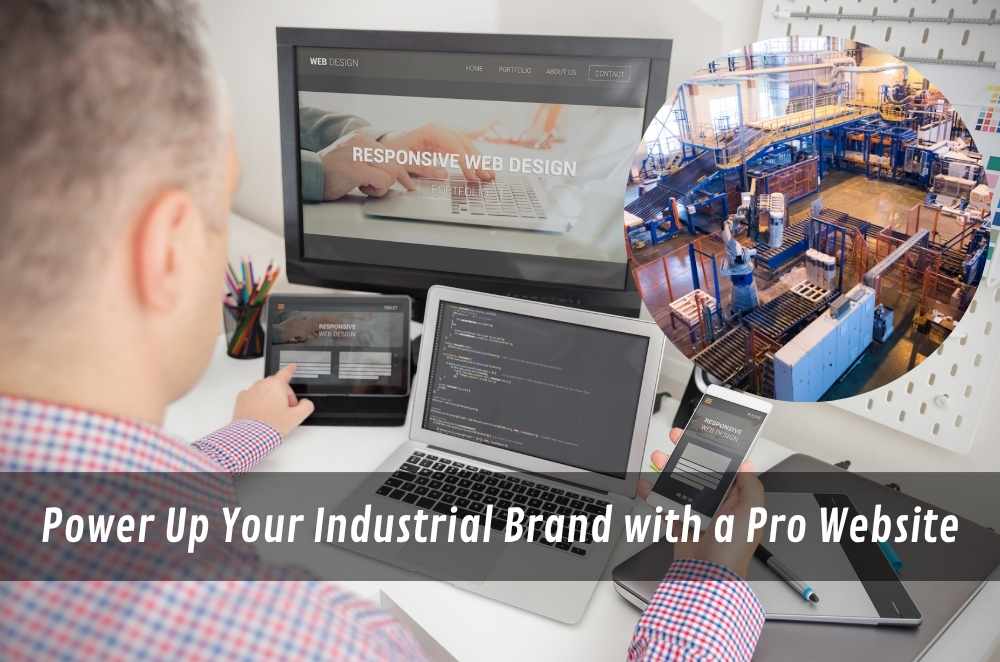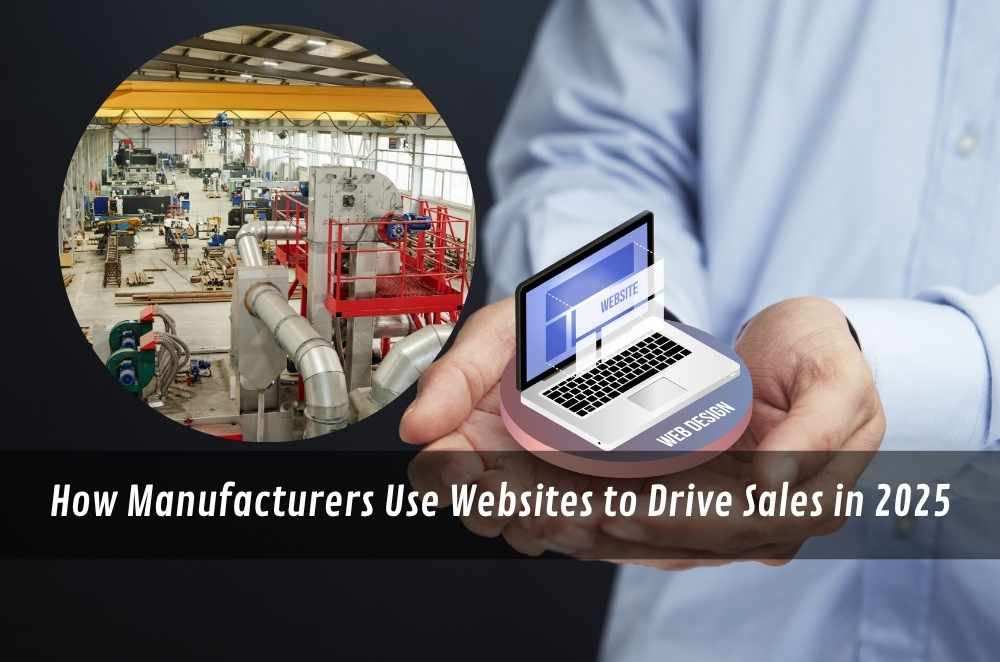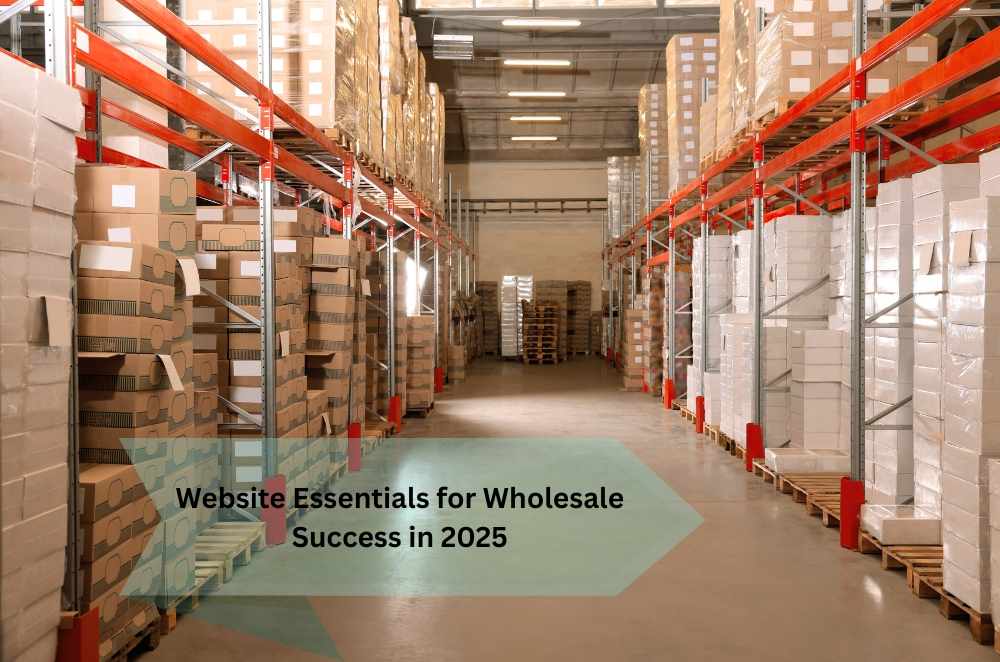
First impressions don’t happen at your front desk anymore. These days, your website is your handshake, your pitch, and often, the reason someone picks up the phone — or doesn’t. That’s especially true for industrial and manufacturing businesses where reputation, reliability, and delivery matter just as much online as they do in person.
We’ve all seen manufacturing sites that feel like time capsules — slow to load, hard to navigate, and stuffed with outdated visuals. Meanwhile, decision-makers are increasingly relying on digital research to shortlist suppliers. That gap between what’s online and what’s happening on the shop floor? It costs the business.
This is where web design for manufacturing companies becomes vital. It's about building a site that speaks clearly to engineers, operations managers, and procurement teams. A modern site doesn’t need frills — it needs clarity, structure, and a tone that reflects who you are and what you do best.
Where many manufacturers' websites fall short
It’s surprisingly easy to get in your own way when designing a site for a complex business. The focus tends to shift toward what you do, not how users experience it. That’s where the problems start.
Here are a few stumbling blocks that pop up time and again:
Overwhelming menus with vague category names
Dense technical copy that reads like a parts manual
Missing or hard-to-find contact information
Images that don’t reflect real capabilities
Zero mention of timelines or turnaround confidence
I’ve worked with fabrication companies whose websites didn’t mention what industries they served. Their capabilities were strong, but the site left visitors guessing. After we added specific sector references and clear navigation, leads became noticeably more relevant and quicker to convert.
A clear structure supports better decision-making
Buyers in manufacturing rarely act alone. Whether it’s engineers looking for tolerances or purchasing managers comparing suppliers, your site has to support many people at once, all with different questions in mind.
That’s why alignment with website best practices in Australia isn’t just a technical concern. These benchmarks are designed to make websites more navigable, accessible, and reliable — all key when you want people to find answers quickly. Clear headings, mobile responsiveness, and proper semantic structure aren’t just “nice to haves” — they influence trust.
For manufacturers, this kind of trust is even more critical. A poorly structured site sends the wrong signal: if this is how you present yourself, what will working together look like?
Design choices that guide industrial buyers
A well-designed site understands its visitors. In manufacturing, those visitors usually arrive with specific needs and a limited time. They’re not browsing — they’re hunting.
Your site should meet them where they are by offering:
Clean, minimal design that prioritises clarity
Logical grouping of services, products, and specs
Actionable CTAs like “Request a quote” or “Book a call”
Short, functional copy that respects their time
Real project snapshots or applications (no fluff)
You don’t need to write a novel. But you do need to show you’ve solved problems like theirs before — and that you’re ready to do it again. That kind of content carries weight.
Industrial buyers value precision, not polish
This is a common misconception: “A nicer-looking site means more trust.” But in industrial sectors, polish without precision can backfire. You want to look competent, not flashy.
Take layout decisions, for example. When I’ve applied wholesale website design tips to industrial clients, the changes were small but deliberate. We moved technical documents higher on the page, improved filterability by material type, and shortened contact forms. The result wasn’t just visual — it changed how people interacted with the site. Bounce rates dropped, and time on site increased.
These decisions help your site work for your users, instead of asking them to work harder to figure you out.
A website should be more than just “present”
If your website exists just to prove you exist, it’s already underperforming. A modern manufacturer site should pull weight, helping buyers compare, commit, and act.
That performance comes from:
Fast load times under real-world conditions
Messaging that mirrors how your buyers talk
Action buttons that guide decision-making
A layout that flows in a logical sequence
Thoughtful touches, like downloadable spec sheets
All of this should run behind the scenes without demanding attention. What matters is the overall experience — clear, quick, and purposeful.
And if it’s doing its job, you’ll feel the difference in your pipeline.

Functional inspiration from industry websites that convert
There’s value in looking at what works elsewhere — not to copy, but to recalibrate your expectations. Many high-performing industrial websites succeed not because they’re flashy, but because they remove friction at every turn.
That’s a consistent trait seen in examples of high-converting websites across technical industries. They use space wisely, present information in digestible formats, and always offer a next step — even if it’s subtle.
Rather than try to wow visitors, these sites make things easy to find, read, and act on. That matters more than animations or clever taglines, especially when someone is evaluating your capabilities under pressure.
Final thoughts: your site should work as hard as you do
In today’s manufacturing environment, a solid digital presence is as important as the machines on your floor. Buyers expect more — not just from your delivery, but from how you show up online.
Applying clear principles, like those found in website best practices Australia, lays a reliable foundation. From there, thoughtful content choices and subtle layout adjustments — like those used in wholesale website design tips — shape a better visitor experience. The kind that helps industrial users find what they need and move forward confidently.









Write a comment ...